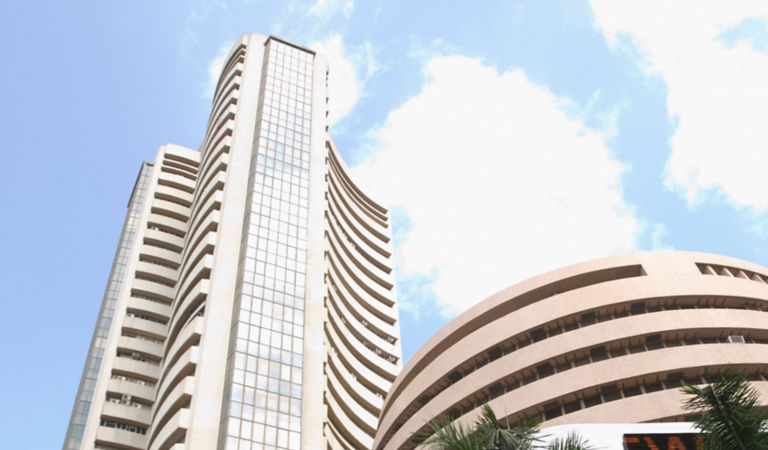The macro case for India remains compelling
That said, we believe the macro case for India has only grown more compelling, supported by powerful demographic trends, increasing urbanisation, rising wealth, export growth, geopolitical tailwinds and a supportive policy regime. We believe these forces are coming together to drive a new corporate profit cycle in India, which we think is likely to continue for the next five to six years. This is coinciding with the end of the deleveraging cycle that has been playing out since 2015, meaning companies are likely to be in far stronger financial positions than they were a few years ago.
These developments could be supportive for the existing investment opportunity set in India, but that may not be the end of the story. In our view, the investable landscape in India is also in the process of transforming, as the drivers of India’s economy evolve. Service sector contribution to GDP has been rising since the 1970s, driven by higher value-added sectors such as finance, real estate and professional services.2 We believe that an increasing number of internet, media and e-commerce businesses — sectors that have historically been underrepresented in India’s listed equity market — are likely to come to market over the next two to three years. Given that these industries currently make up less than 1% of the MSCI India Index, compared to around 35% of the MSCI China Index,3 we think companies starting to list in public markets in these sectors will provide a fertile new investment area for India equity investors.
Geopolitics is also playing a key role in India’s economic inflection. In response to ongoing political tensions between the US and China, many companies across a range of industries are seeking to diversify their supply chains away from a sole reliance on China. Apple is the highest-profile company so far that has shifted a meaningful chunk of its capacity to India, but US/China tensions are structural and unlikely to diminish. Companies looking to offset geopolitical risk may view India as an attractive alternative for years to come.












